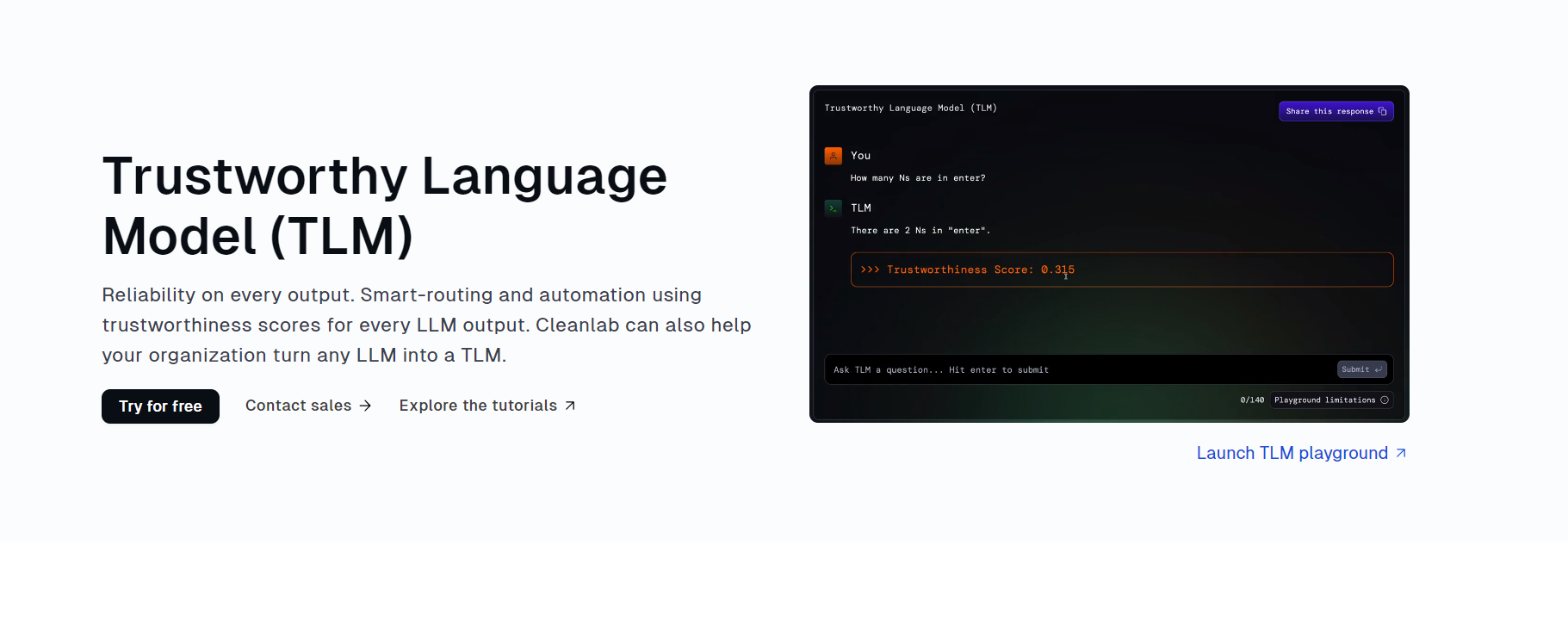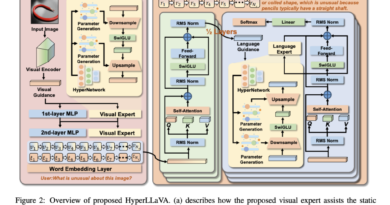Cleanlab’s TLM: Reliable Enterprise LM
Introduction
Generative AI has gained significant attention and interest in recent years due to its potential to automate various tasks and unlock new possibilities across industries. However, the adoption of Language Models (LMs) in enterprise applications has been hindered by a critical challenge: unreliable outputs and hallucinations. Cleanlab, a leading provider of AI solutions, has introduced the Trustworthy Language Model (TLM) to address this primary challenge and enable the widespread adoption of LMs in enterprise settings. In this article, we will explore the key features and benefits of TLM, its superior performance compared to existing LMs, and how it empowers users to deploy generative AI with enhanced trust.
The Challenge of Unreliable Outputs and Hallucinations
LLMs have shown vast potential in generating human-like text, but they often produce inaccurate or misleading outputs. These inaccuracies, known as hallucinations, can have serious consequences when LMs are used in real-world scenarios. From misinforming customers about refund policies to fabricating legal citations, the risks associated with deploying unreliable LMs are evident.
Moreover, enterprises face the challenge of ensuring accurate and trustworthy outputs from LMs that are often used to handle sensitive customer data or make critical business decisions. The need for reliable LMs has become essential to maintain customer trust and prevent potential legal and financial implications.
Introducing the Trustworthy Language Model (TLM)

Cleanlab’s TLM offers a robust solution to the challenge of unreliable outputs and hallucinations in LMs. This innovative language model integrates a trust score into each output, allowing users to identify and control erroneous responses effectively. By providing transparent and interpretable trustworthiness scores, TLM empowers users to have more confidence in the outputs of generative AI models.
TLM achieves this by addressing the presence of hallucinations in LMs and minimizing false negatives. It assigns a trustworthiness score to each output, indicating the likelihood of a response being accurate or reliable. This approach enables users to identify instances of hallucination and make informed decisions about the reliability of the generated text.
Key Features and Benefits of TLM
1. Enhanced Trustworthiness
TLM’s trustworthiness scoring system significantly improves the reliability of LMs by reducing the chances of erroneous and misleading outputs. With trust scores attached to each response, users can quickly gauge the accuracy of the generated text. This feature provides transparency and control, allowing enterprises to confidently leverage generative AI for critical applications.
2. Seamless Integration
TLM can seamlessly replace existing LMs, offering a smooth transition for organizations already utilizing generative AI. Its API provides a simple interface and supports popular base models like GPT-3.5 and GPT-4. This compatibility ensures that adopting TLM does not require a complete overhaul of existing AI infrastructure, saving time and resources.
3. Cost and Time Efficiency
Benchmarking studies have shown that TLM outperforms existing LMs in terms of accuracy and trustworthiness scoring. By providing better-calibrated trust scores, TLM optimizes resource allocation by flagging low-scoring outputs for human review. This approach reduces the need for extensive manual validation, saving costs, and time for enterprises. Berkeley Research Group (BRG) has already witnessed significant cost savings from leveraging TLM in their operations.
4. Augmenting Trust in Human-Generated Data
TLM’s capabilities extend beyond enhancing trust in outputs from LMs. It can also evaluate the trustworthiness of human-generated data by providing trustworthiness scores for such inputs. This feature enables a comprehensive approach to assessing the reliability of AI systems, combining the strengths of both human and machine-generated content.
5. Direct Engagement with Cleanlab
For enterprises with specific needs, such as enhancing trustworthiness in custom fine-tuned LMs, Cleanlab offers direct engagement options. Users can collaborate with the Cleanlab team to tailor TLM to their unique requirements and ensure the highest levels of trust in their AI systems.
6. Superior Performance and Evaluation
Cleanlab’s TLM has been extensively evaluated against existing LMs, with a specific focus on response accuracy and cost/time savings. TLM’s trustworthiness scoring enhances trust in LM outputs, efficiently detecting errors and minimizing false negatives. Compared to self-evaluation and probability-based methods, TLM’s comprehensive assessment includes epistemic uncertainty, leading to superior reliability.
Berkeley Research Group (BRG) has already observed significant cost savings by leveraging TLM in their operations. The ability to identify low-scoring outputs and prioritize human review enables more efficient decision-making processes and reduces the risk of relying on inaccurate outputs. Steven Gawthorpe, PhD, Associate Director, and Senior Data Scientist at BRG, highlights the cost benefits of using TLM and its positive impact on their data-driven operations.
Conclusion
Cleanlab’s Trustworthy Language Model (TLM) represents a significant advancement in the deployment of generative AI in enterprise settings. By addressing the primary challenges of unreliable outputs and hallucinations, TLM enables organizations to leverage LMs with enhanced trust and confidence. Its comprehensive trustworthiness scoring system and seamless integration with existing LMs make it a valuable tool for enterprises seeking accurate and reliable AI outputs.
As the adoption of generative AI continues to grow, the need for trustworthy and reliable language models becomes increasingly critical. Cleanlab’s TLM sets a new standard for ensuring trustworthy outputs in enterprise applications, paving the way for increased adoption and utilization of generative AI across industries.
Explore 3600+ latest AI tools at AI Toolhouse 🚀. Don’t forget to follow us on LinkedIn. Do join our active AI community on Discord.
Read our other blogs on AI Tools 😁
If you like our work, you will love our Newsletter 📰




